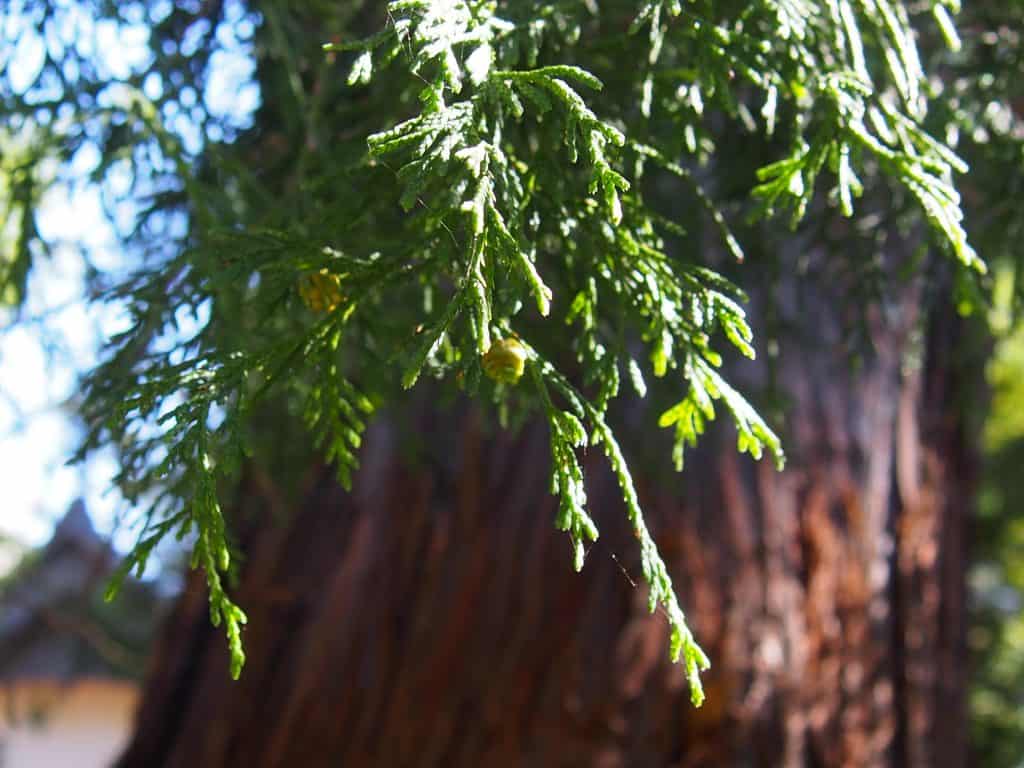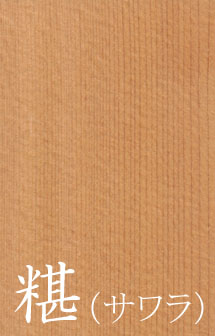ofuro longevity
How resistant is the wood? Do these baths last a lifetime or do they need to be replaced after a certain time?
Also, could you please give me an idea of the cost and lead time?
Wood is a natural material so we cannot say it lasts centuries but a tub installed indoors and maintained carefully will still be nice after 30 years.
There are 3 elements that may spoil and accelerate the aging of wooden bathtubs.
a) dryness (the tub should be used often or some water should be inside to prevent damage in case of heating/air conditioning/long absences)
b) dampness (excessive humidity may cause stains and mold spots. use natural ventilation after draining the tub. If there is no window, padding the tub with a towel or placing an air circulator in the bathroom for 30 minutes will prevent problems)
c) soap (soap or soap foam will clog wood pores and create the premises for mold proliferation. if soap gets in touch with the wood just rinse thoroughly)
said that, consider that ofuros installed in luxury hotels (with heavy use) usually are replaced every 10 years – not for functional problems but to upkeep the image 100%.
About the lead time, consider about 3 months + 2 weeks for air shipping. We can try to match your schedule if you have tight time requirements so please let me know.
For the price, I will need to know which size you choose. Let me also know your address so I can verify the shipping cost door to door (note that VAT will be billed to you directly once clearing customs.
We are looking forward to working with you and remain at your disposal for any question/problem.

